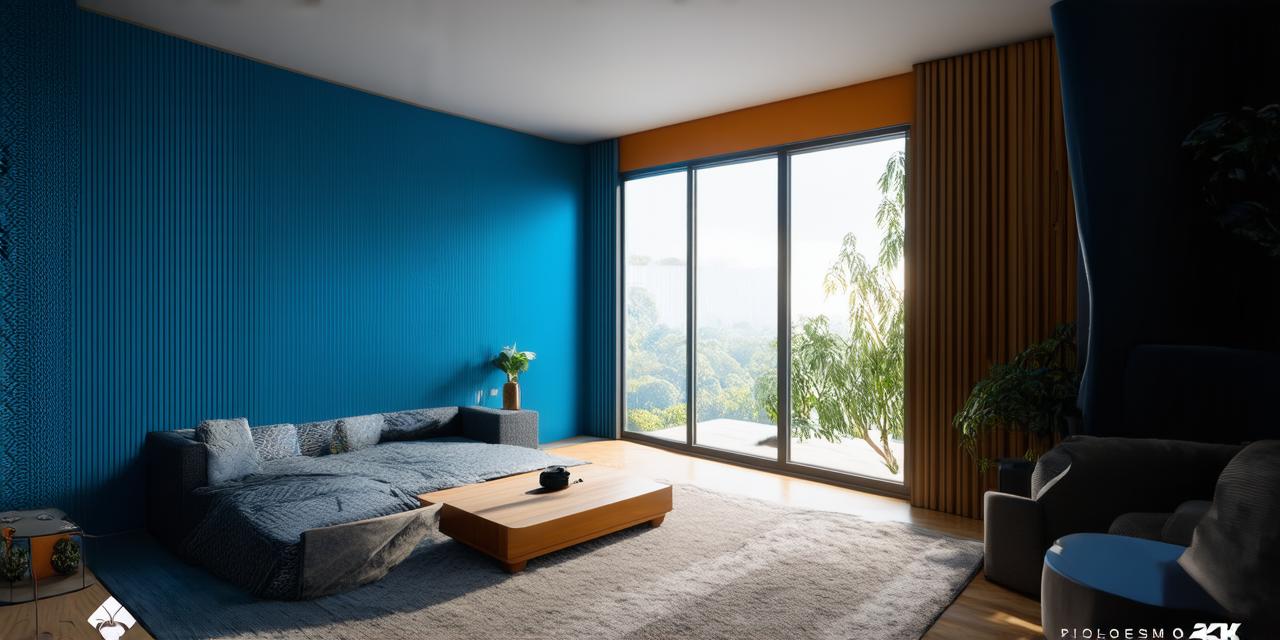What is Room-Scale VR?
Room-Scale VR refers to virtual reality systems that can track the movements of users within a physical space. These systems typically consist of sensors that are placed on the ground, walls, and ceilings of a room. As users move around in the real world, the sensors use infrared or other technologies to detect their movements and translate them into virtual movements in the VR environment.
One of the main advantages of room-scale VR is that it allows users to move freely within a virtual space without being constrained by wires or cables. This makes it ideal for applications such as gaming, training, and simulation.
How does Room-Scale VR Work?
Room-scale VR systems typically use a combination of sensors and cameras to track the movements of users. Here’s how it works:
- Sensors are placed on the ground, walls, and ceilings of the room. These sensors use infrared or other technologies to detect the position and orientation of objects within the room.
- Cameras are used to capture images of the user and track their movements. The cameras can be mounted on walls or ceilings, or worn as a headset.
- Software is used to process the data from the sensors and cameras and translate it into virtual movements in the VR environment. This software uses algorithms to determine the position and orientation of the user based on the sensor data and camera images.
- The VR system displays the virtual environment to the user, who can interact with it using controllers or other input devices.
Benefits of Room-Scale VR
Room-scale VR offers several benefits over traditional VR systems that require users to be seated in a fixed position. Here are some of the main benefits:
- Increased immersion: By allowing users to move freely within a virtual space, room-scale VR systems can provide a more immersive experience than traditional VR systems.
- Improved physical movement: Room-scale VR systems can help users improve their physical movements by providing them with a realistic environment to practice in. For example, athletes can use room-scale VR to simulate real-world scenarios and improve their skills.
- Enhanced training and simulation: Room-scale VR systems can be used for training and simulation purposes, allowing users to practice complex tasks or procedures in a safe and controlled environment. This can be particularly useful in industries such as healthcare, manufacturing, and military.
- Increased engagement: Room-scale VR systems can be more engaging than traditional VR systems, as they allow users to interact with their virtual environment in a more natural way.
Real-Life Examples of Room-Scale VR
Room-scale VR systems are being used in a variety of industries and applications. Here are some real-life examples:
- Gaming: Room-scale VR systems are becoming increasingly popular among gamers who want to immerse themselves in a virtual environment.
- Training: Room-scale VR systems are being used for training purposes in industries such as healthcare, manufacturing, and military. For example, surgeons can use room-scale VR to practice complex procedures in a safe and controlled environment.
- Simulation: Room-scale VR systems can be used for simulation purposes, allowing users to practice complex tasks or procedures in a virtual environment. This can be particularly useful in industries such as aviation, where pilots need to practice flying in a variety of scenarios.
- Education: Room-scale VR systems are being used in education to provide students with a more engaging and immersive learning experience. For example, students can use room-scale VR systems to explore historical sites or simulate scientific experiments.
FAQs
Here are some frequently asked questions about room-scale VR:
1. What is the difference between room-scale VR and traditional VR?
Room-scale VR refers to virtual reality systems that can track the movements of users within a physical space, while traditional VR systems require users to be seated in a fixed position.
2. How do room-scale VR systems work?
Room-scale VR systems use sensors and cameras to track the movements of users and translate them into virtual movements in the VR environment.
3. What are some benefits of room-scale VR?
Some benefits of room-scale VR include increased immersion, improved physical movement, enhanced training and simulation, and increased engagement.
4. How can room-scale VR be used in different industries?
Room-scale VR systems can be used in gaming, training, simulation, education, and other industries where users need to interact with a virtual environment in a more natural way.
Conclusion
Room-scale VR is becoming increasingly popular among users who want to immerse themselves in a virtual environment. By allowing users to move freely within a virtual space, room-scale VR systems can provide a more immersive experience than traditional VR systems. Room-scale VR systems can be used for gaming, training, simulation, education, and other applications where users need to interact with a virtual environment in a more natural way. With the advancements in technology, we can expect to see even more exciting and innovative uses of room-scale VR in the future.
